I bought a 35mm roll of Yeti on the advice of a friend on Flickr but never had a clear idea of how I would use a film rated at ISO 6. I knew it wouldn’t be shot on the fly, of course, because I’d need to carry a tripod and take notes. So my single roll spent a couple months sitting on my desk.
Yeti is a blue-sensitive B&W film, which means it can only “see” the blue part of the spectrum. It is similar to orthochromatic film in that it is only sensitive to part of the visible spectrum, except in this case, the sensitivity is limited to the blue part. Yeti is available from the Film Photography Project and is described on the website as an estar-based, positive motion picture film intended for direct contact copying titles and mats in motion picture work.
You can read an article about the film’s release right here on 35mmc.com. The edge markings appear to indicate that Yeti is actually Kodak Print Film 2302, so for a deep dive into the technical specifications of the film stock, the datasheet is available online (PDF).
I didn’t give much initial consideration to the fact that it is a blue-sensitive film. I believe it’s the first time I’ve used such a film stock, but I’ve worked with paper negatives in the past and know how to compensate for a recording medium that is slow, happiest outside in blue daylight, and virtually blind to red light.
Having a free afternoon while traveling recently in South Carolina, I decided to try my luck with my single roll of Yeti at the ruins of a mill that once stood at Cedar Falls, on the Reedy River near the city of Greenville.
It was overcast but not raining when I set out, but got brighter later. All I took along was the film, a light meter, my trusty Nikon FG 35mm camera with a Nikon Zoom 75-150mm f/3.5 Series E lens and the 50mm f/1.8 kit lens, a tripod and a polarizing filter.
The first thing I noticed as I went to load the camera — in the nominally subdued light of my car — was the yellow color of the film. It was so unusual to me that I took a quick digital photo of it while loading the camera. Perhaps that was my big mistake, but more on that later.
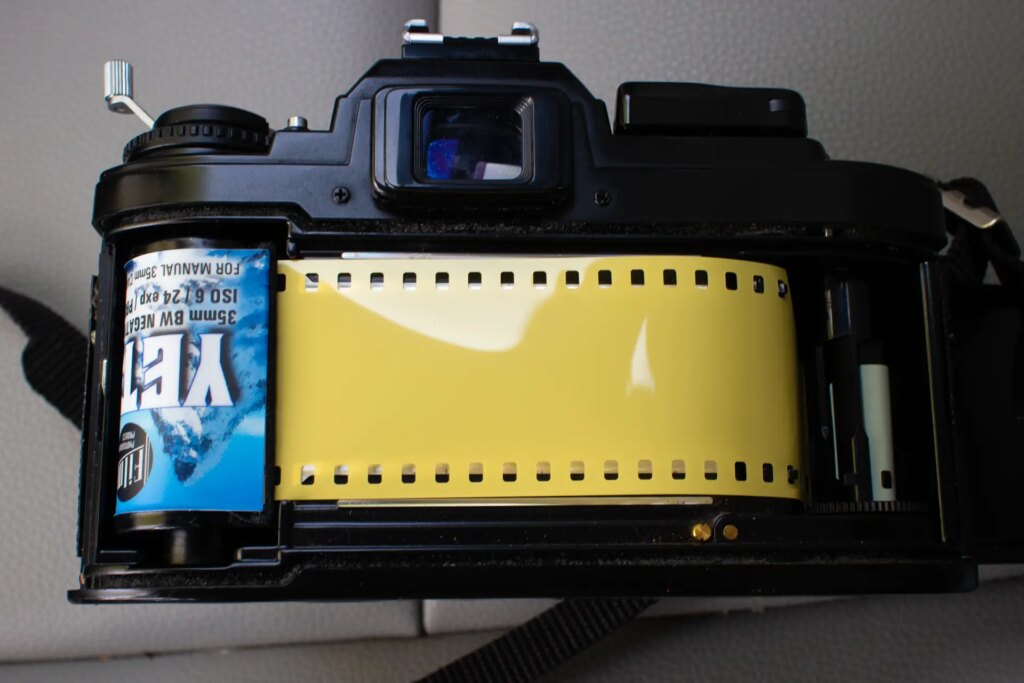
Camera loaded, the next thing I noticed is that the ISO dial on my camera only goes down to ISO 12, not the ISO 6 I was after. No big deal, I thought, I’d set the exposure compensation dial to overexpose a stop and be off to the races.
To my surprise, I learned that the exposure compensation dial on my camera currently only moves in one direction — and not the one I needed. Perhaps after almost four decades of use, it’s finally time for a CLA.
Undaunted, I had at least two other options. I had my light meter, but immediately saw that — like the camera — its dial only went as low as ISO 12. The other option was to simply let the camera read at ISO 12 and then use the shutter speed or aperture to increase exposure by one stop. That’s what I ended up doing.
Because it was brighter than expected and I was uncertain how the film would react, I covered myself by using the polarizer for about half the shots. I knew the white sky reflections on the water would be difficult not to overexpose. In the end I got several photos I like despite the high contrast scene.
But exposure ended up being the least of my worries.
After getting home and developing the film as suggested on the FPP site — 10 minutes in Rodinal 1+50 at 68 degrees — I quickly saw that the first half of the roll was ruined by what would normally be called light leaks.
But in this case, I learned the proper term for the problem would likely be “light piping.” I know this — now — because at the bottom of the film description on the FPP sales page it clearly states:
Beware of Light Piping: This film stock is subject to “light piping” when exposed to room light. Please load in dim light and store in a dark camera bag before and after shooting. If storing your film in fridge, freezer or home shelf, store in a light tight bag as well.
They have an entire blog post on the issue: Light Piping – What Is It? How To Prevent!
So my warning to anyone wishing to try this film is take light piping seriously. I was clearly warned — or would have been if I had bought the film on the FPP site and read the page. Instead, I bought it from B&H, where no such advice appears.
Still, researching a new film at the manufacturer’s website makes common sense, so I’m not trying to pass the buck. My mistake was either loading in the not-exactly-dim car and pausing to take a photo, or leaving the film sitting on my desk for months in the white translucent plastic canister in which it was shipped. Or both.
It does seem that a light-tight black canister would be a better match for this film instead of a white translucent one.
But no problem. I had fun, learned a valuable lesson, and am left eager to try other blue-sensitive and orthochromatic films. It won’t be this one, though, since I normally shoot 120 and Yeti comes only in 35mm.
On to the pictures:
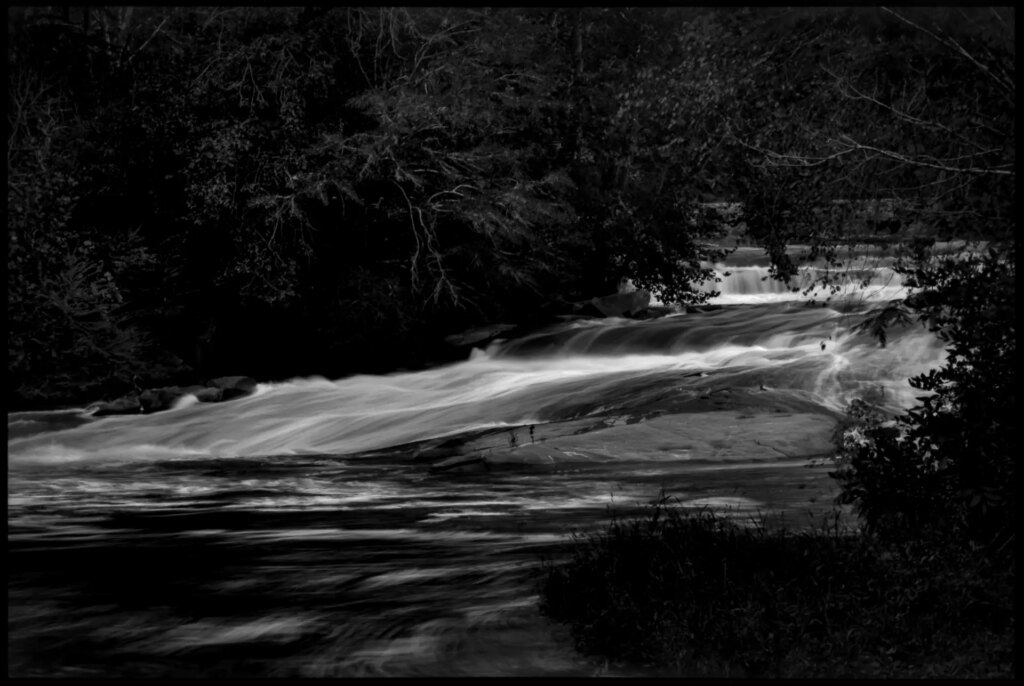
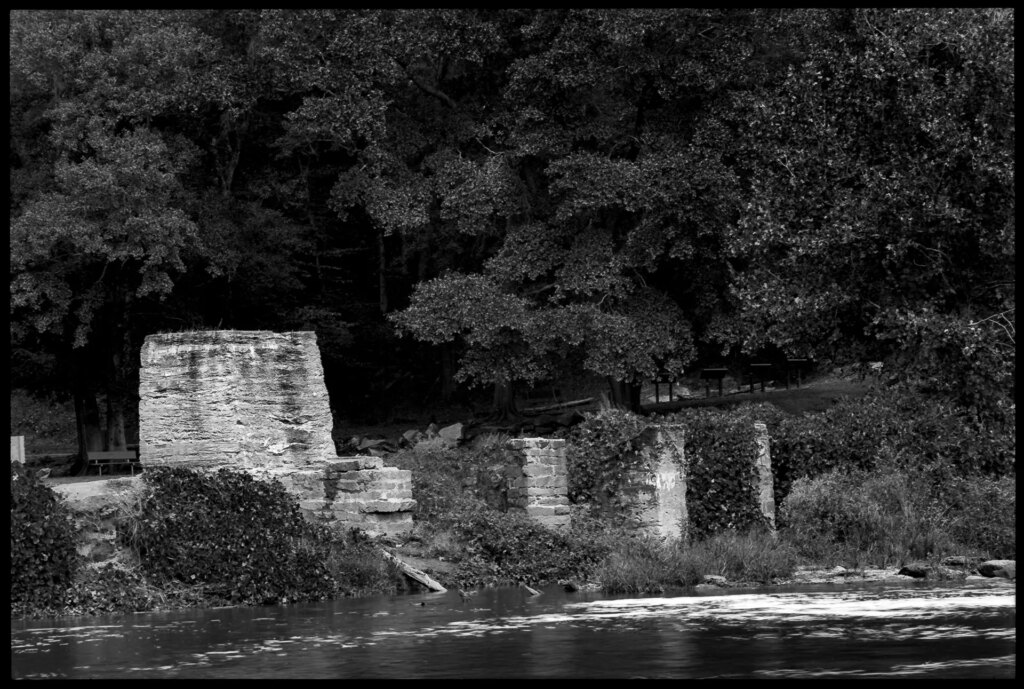
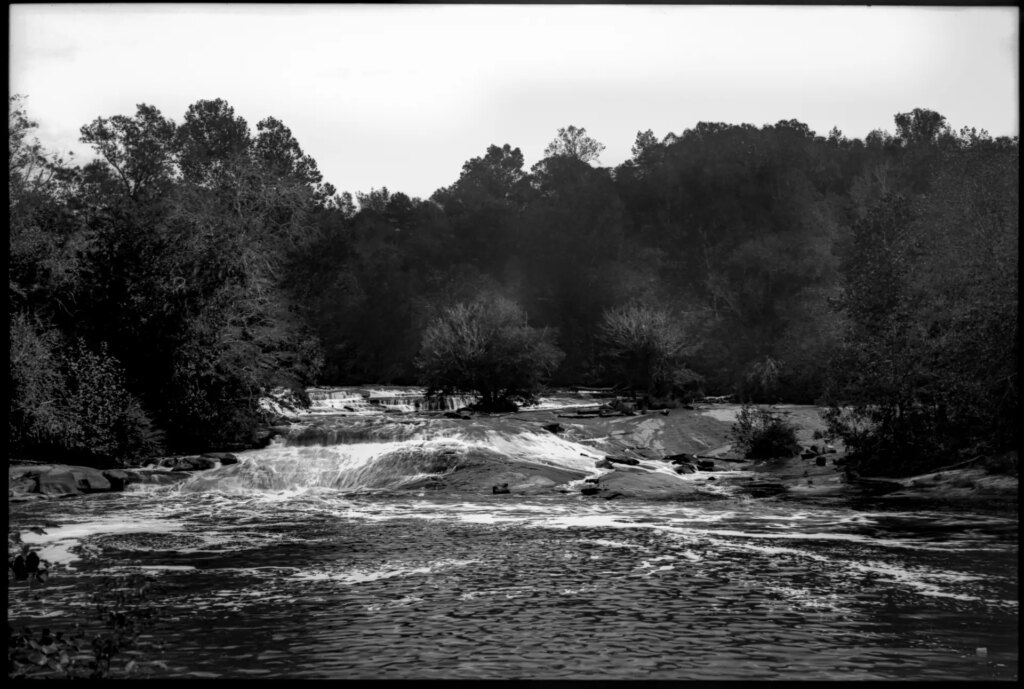
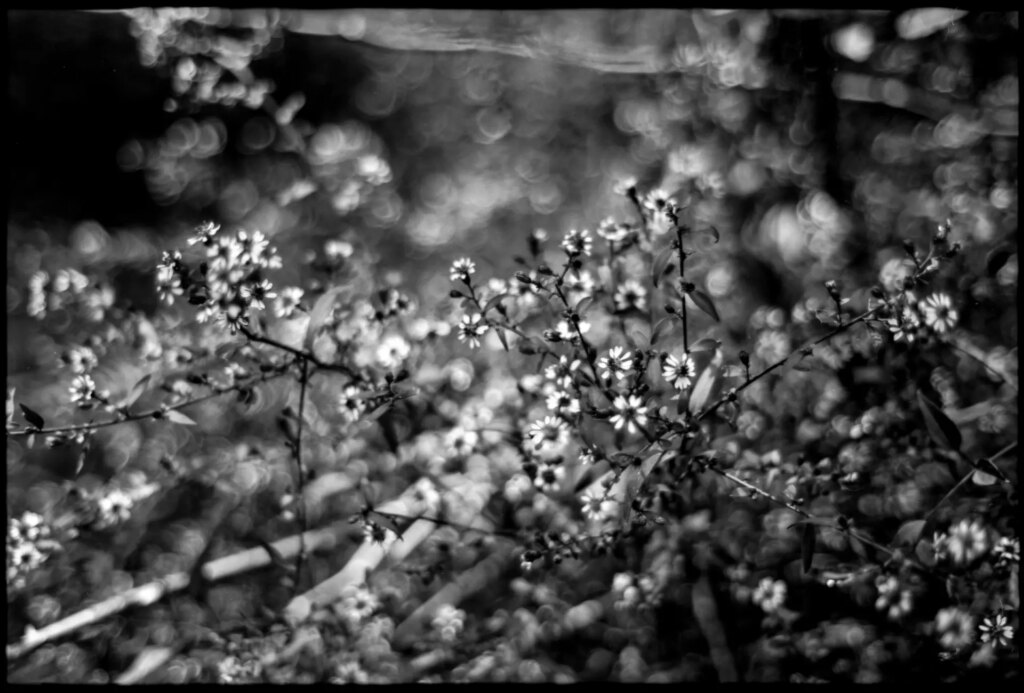
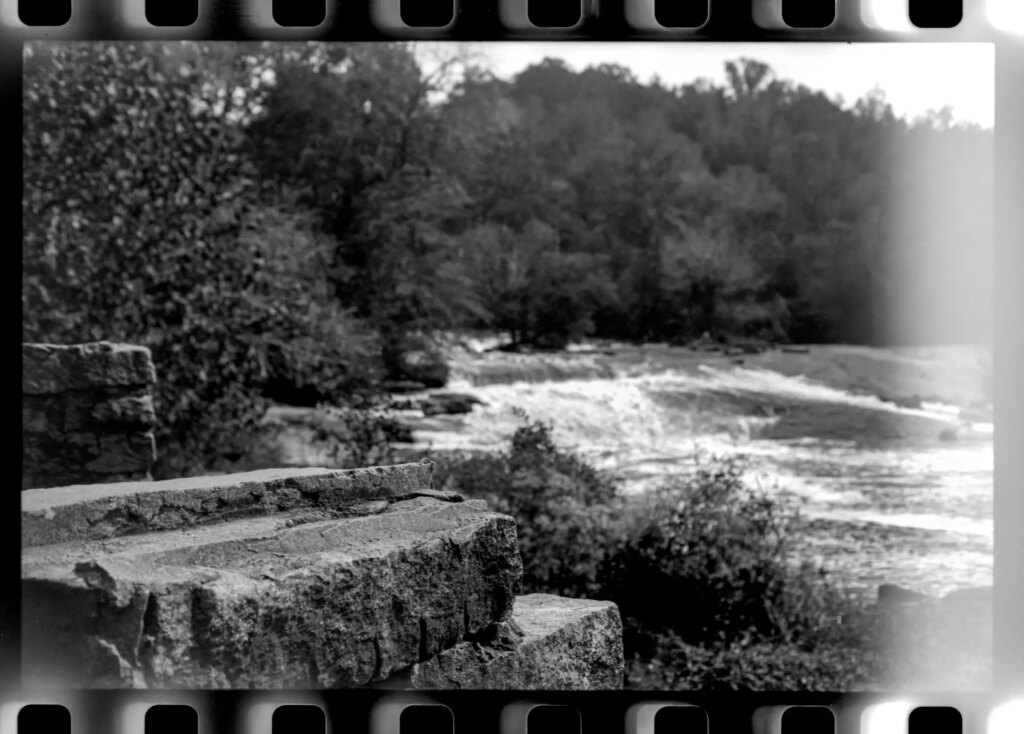
Clifton Dowell lives in Durham, North Carolina, USA. More of his work can be found at cliftondowell.com, on Instagram at @clifton_dowell, and at Clifton Dowell on Flickr.
Share this post:
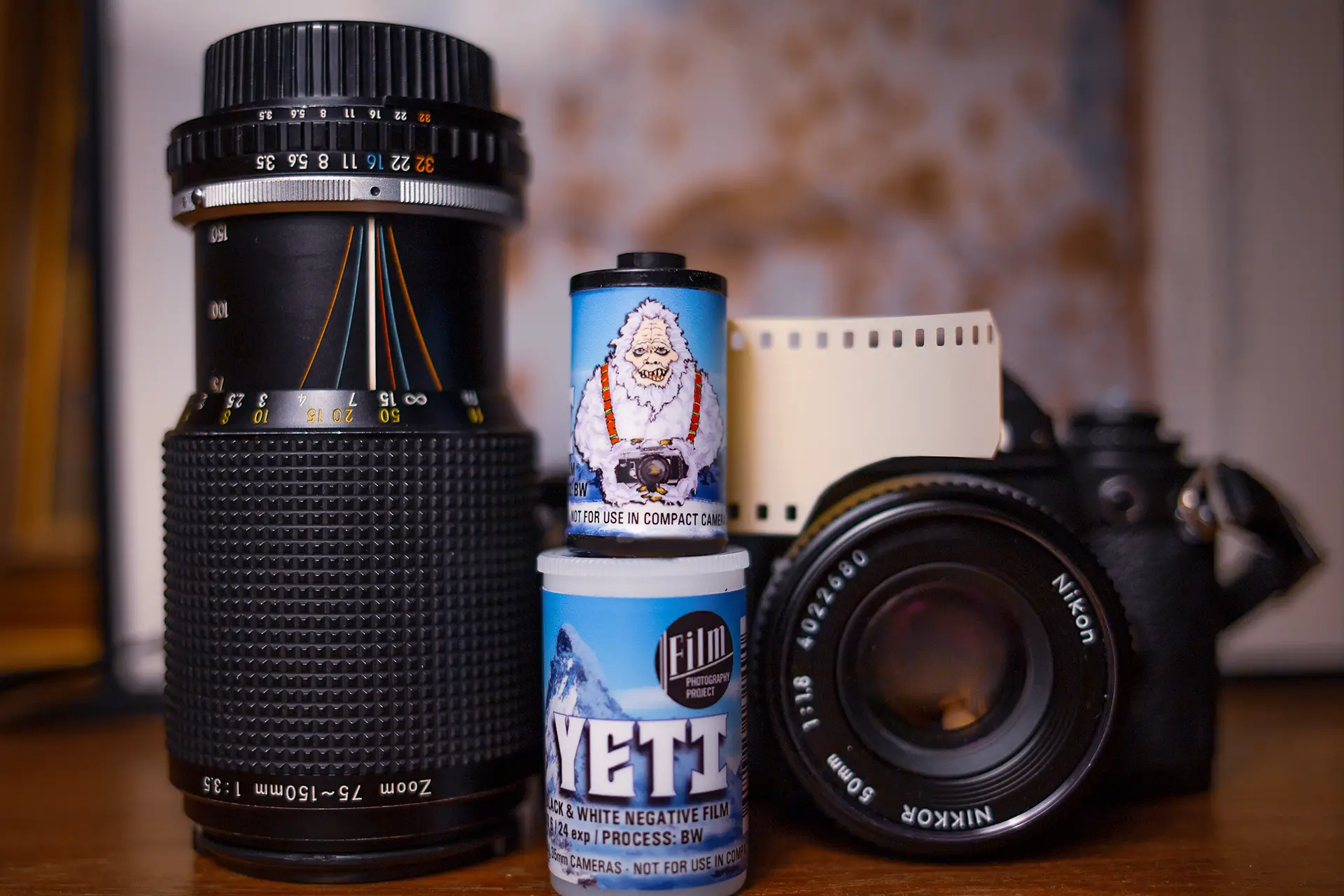
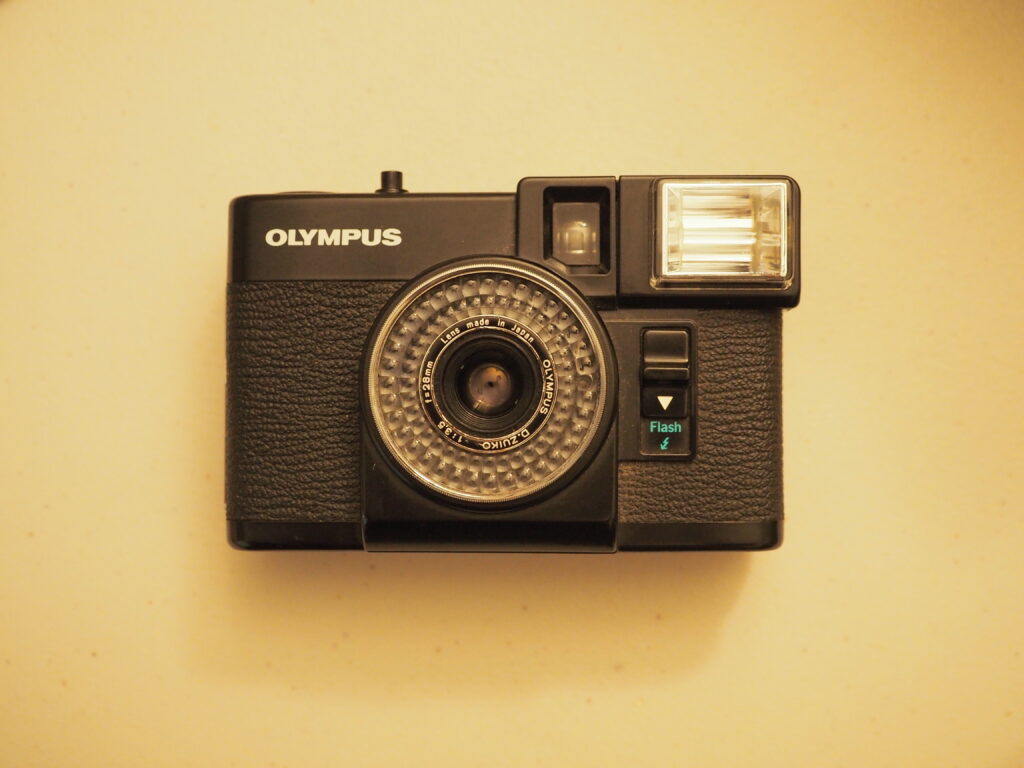

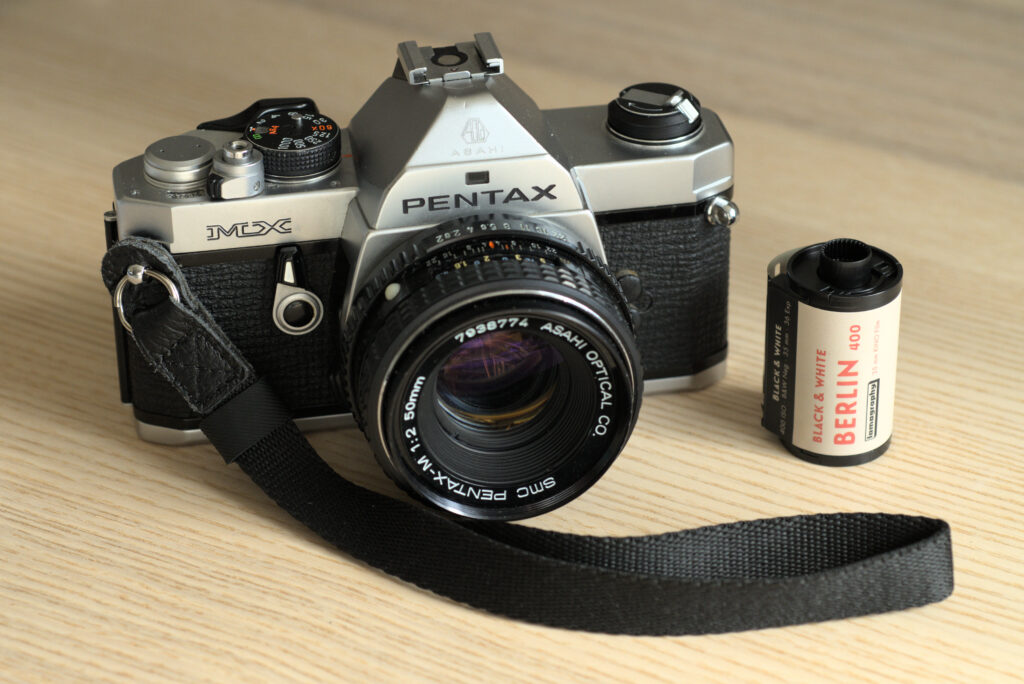
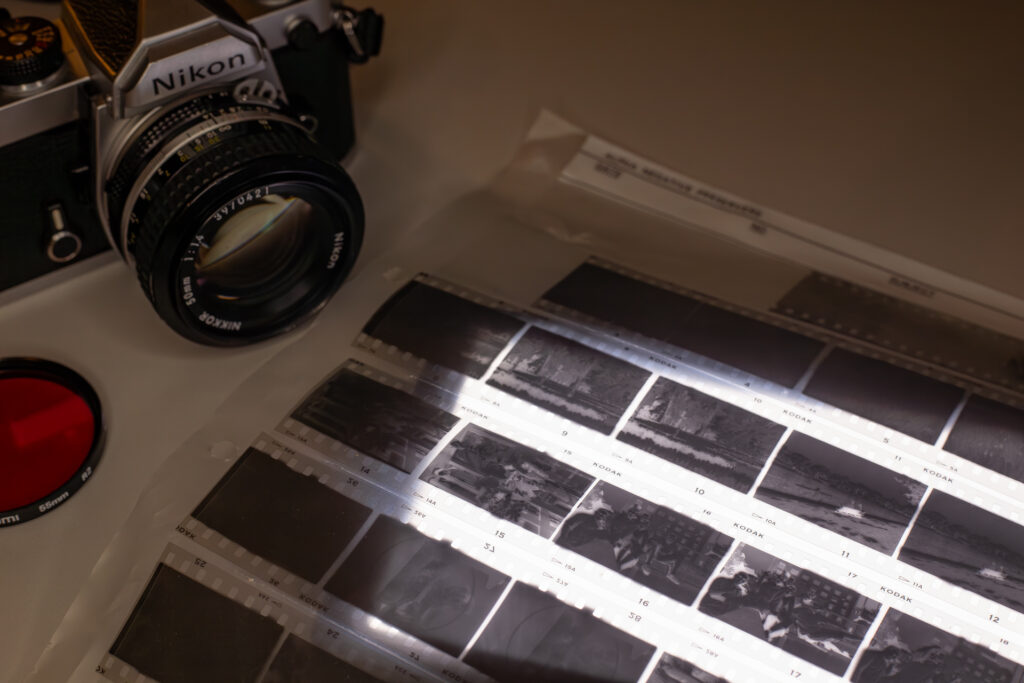




Comments
Bob Janes on 5 Frames (and a Warning) with FPP’s ISO 6 Yeti film in a Nikon SLR – by Clifton Dowell
Comment posted: 18/03/2023
Comment posted: 18/03/2023
Bob Janes on 5 Frames (and a Warning) with FPP’s ISO 6 Yeti film in a Nikon SLR – by Clifton Dowell
Comment posted: 18/03/2023
I'm guessing that the film is acting a bit like a fibre-optic filament, with the light entering through the leader edge and yellow-fogged surface and then bouncing around along the length of the film, reflecting off the inner surface.
I remember getting hold of some ancient Ilford dupe film a few years ago (I think that was ISO 6 or less) - the leader on that was opalescent white - I can't remember if it showed any evidence of light piping - if it did I would probably have put it down to the film being long out of date (I think it was several decades old) or my experimental developing (I had no reference for how long it should be in the 'soup').
Comment posted: 18/03/2023
Huss on 5 Frames (and a Warning) with FPP’s ISO 6 Yeti film in a Nikon SLR – by Clifton Dowell
Comment posted: 18/03/2023
Catlabs 320 is the same, as are the Cinestill 800 films.
And as Bob mentioned - nothing wrong with your camera! That exp compensation setting is just out of the range of your camera's meter. What is very cool is super cheap (but awesome) cameras like the Nikon F80/N80 can be dialed down to ISO 6.
Vlad Serebryany on 5 Frames (and a Warning) with FPP’s ISO 6 Yeti film in a Nikon SLR – by Clifton Dowell
Comment posted: 19/03/2023
Comment posted: 19/03/2023